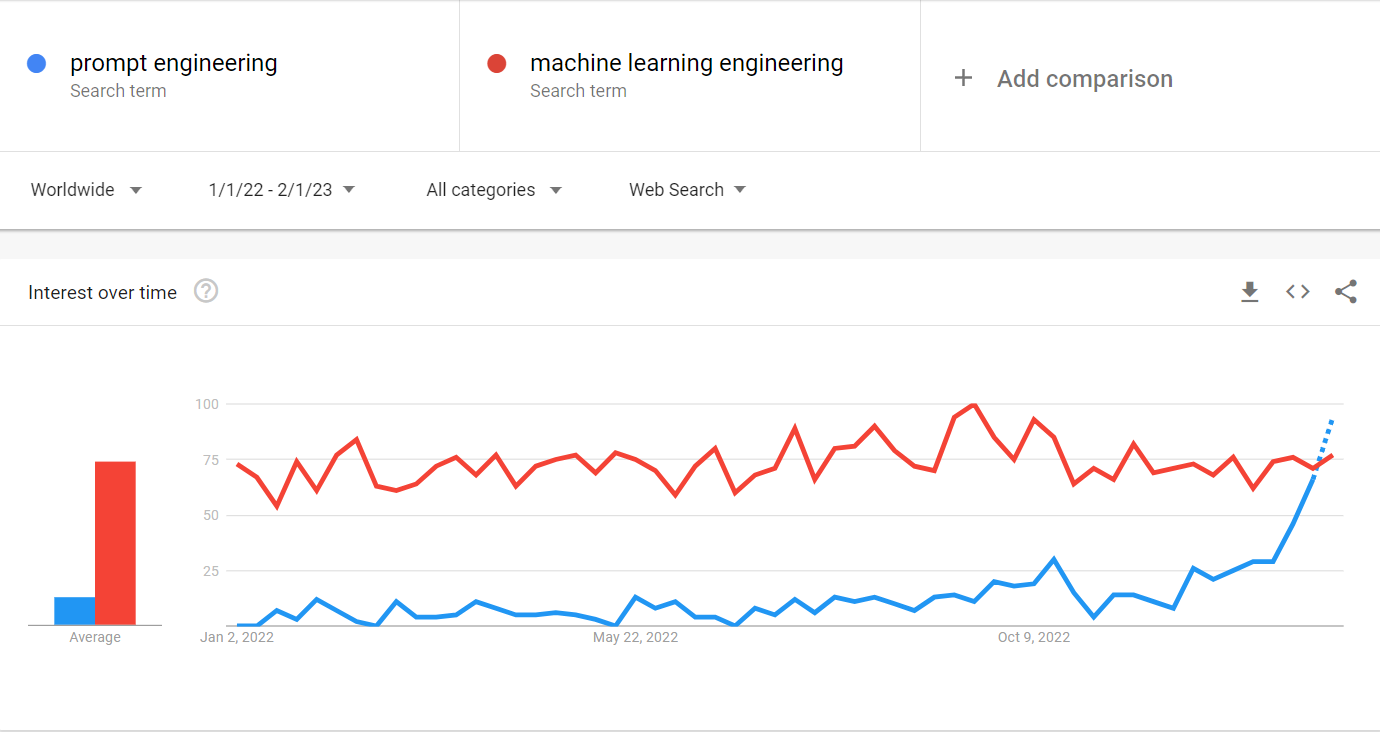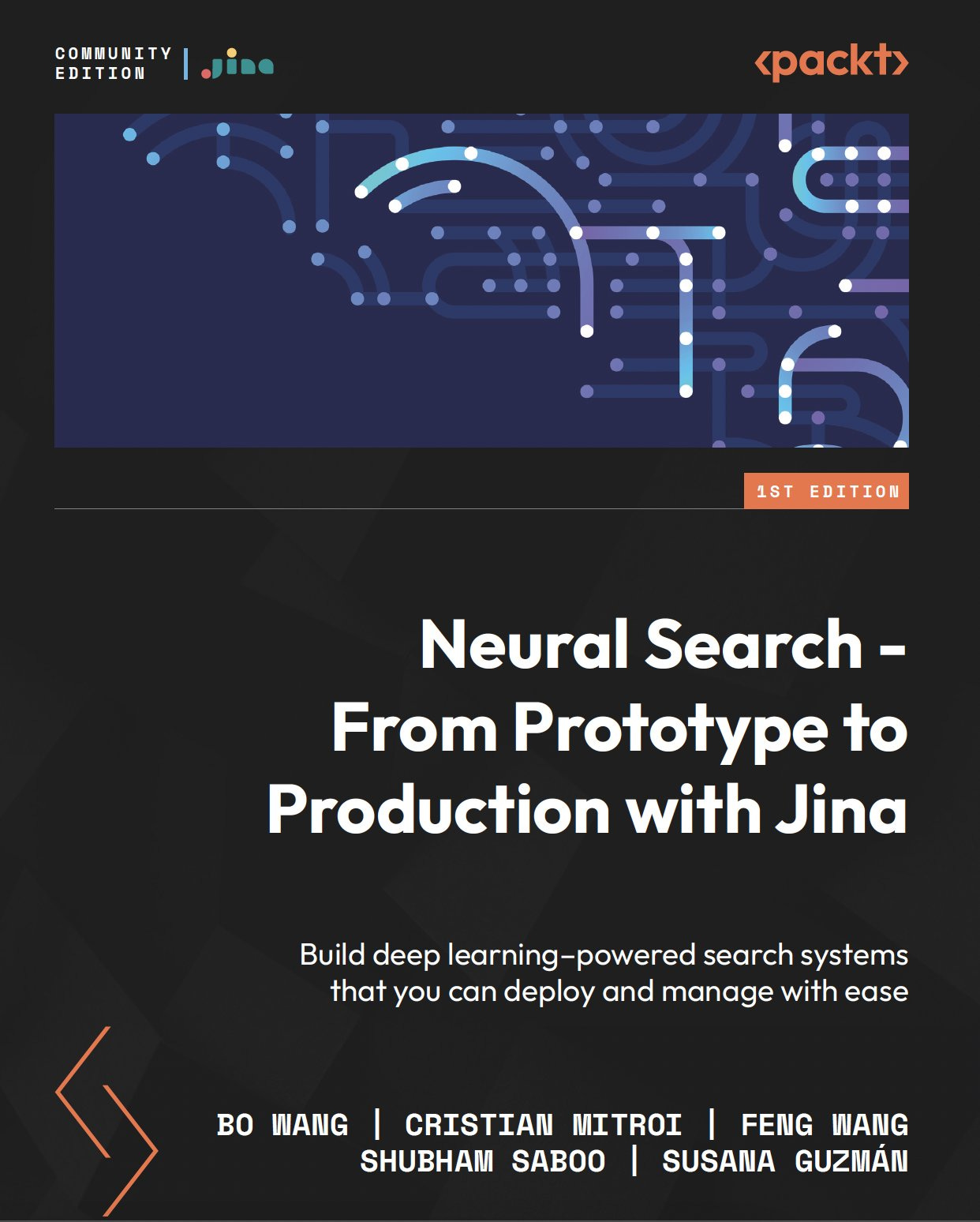How to get Job Ready in the world of Large Language Models?
A guide to a thriving career in the age of Large Language Models!
Introduction
The rise of large language models has revolutionized the way we
process and understand language. With the ability to process vast amounts of data, these models have been used to improve natural language processing tasks such as translation, summarization, and sentiment analysis, leading to an exponential increase in R&D in this area.
For example, in the field of natural language processing, large language models are being used to develop more accurate and efficient machine translation systems. In healthcare, these models are used to analyze patient records, generate summaries, or make diagnoses. In finance, large language models are being used to process and analyze large amounts of unstructured data, such as news articles or social media posts, to identify trends and make predictions.
Large Language Models: Shaping the future of Employment
In this rapidly changing landscape, it is more important than ever to understand the impact of large language models on job opportunities in any industry. One side of the coin is that these models automate some language-related tasks previously performed by humans. This has led to concerns about potential job losses in specific industries, particularly in fields that involve the processing of large amounts of text or data. However, the other perspective is that the development and deployment of these models have also created new job opportunities, such as in the fields of model development and training or in the creation of new applications that use these models. They are used to augment human abilities and help people perform certain tasks more efficiently.
What is the Current Demand?
The development and use of these models have led to a growing demand for workers who are skilled in working with these models and can help develop and implement them in various industries. This includes machine learning experts who develop and train these models and software engineers who create applications that use these models to solve real-world problems. Additionally, specialists like MLOps engineers or Prompt engineers complement the process of building these models and generating accurate and meaningful output from them.
Anthropic AI, for instance, is hiring Prompt Engineers for a salary that is 3x the average salary of software engineers!
Check out this graph from Google Trends that clearly shows how people’s interest in Prompt Engineering has surpassed that in Machine Learning Engineering.

With this status quo, it's crucial to cultivate a unique set of skills and stay on top of the latest trends. By constantly refining your expertise and staying ahead of the curve, you can position yourself for success and seize the opportunities that come your way.
Skills and Expertise for the Future of Work
These might seem daunting to someone who does not belong to a technical background. But don’t worry! Here are some ways to acquire and nurture the above skills.
Enrolling in a degree program or certification course offered by industry organizations or academic institutions that cover topics such as natural language processing, machine learning, data engineering, and MLOps can provide a solid foundation in the principles and techniques used to develop and deploy large language models. Some popular platforms offering courses and tutorials include Data Camp, Coursera, Kaggle, edx, Codeacademy, and Udacity.
Joining professional groups or communities that focus on large language models can also be beneficial, as it allows one to learn from experts and stay informed. Some of the most relevant and active communities to join in the space are OpenAI, Cohere, OneAI, and AI21 Labs.
Attending conferences like Conference on Neural Information Processing Systems (NeurIPS), Conference on Computer Vision and Pattern (CVPR), and International Conference on Learning Representations (ICLR), and other industry events that focus on large language models is another effective way to connect with professionals and know about the latest in the field.
Staying Relevant
The field of large language models is very dynamic and constantly evolving due to reasons like the availability of large amounts of data and the need to process and analyze this data to enable better understanding and generate human language to expand the range of applications for these systems, to count a few. It is hence imperative to stay abreast with the advancements in this field to:
Be familiar with the developments and able to apply the most current approaches and techniques to your work.
Remain competitive in the job market as employers are increasingly looking for professionals who are knowledgeable about breakthroughs in the field.
Take advantage of the new job opportunities that may arise due to these developments.
Now that we’ve understood why it is important to stay updated, let’s look at some ways to closely follow everything that’s new in this field:
Following relevant research papers on Papers with Code and publications like MIT Tech Review, Harvard Tech Review, TechCrunch, VentureBeat, etc.
Subscribing to top AI newsletters to be in the loop with the recent advancements
Participating in online forums and discussion groups like NLP or GPT-3 subreddit
Following experts like Andrew Ng, Greg Brockman, Sam Altman, and others on social media platforms like Twitter and LinkedIn.
Networking is the Key
Moving a step ahead from developing skills imperative in this field, let’s turn to the role of networking to advance your career. Like any other field, networking and professional visibility are also critical for job readiness. Networking can lead you to job opportunities that may not even be publicly advertised and gain insights and advice from other professionals on how to succeed in your career. Professional visibility, on the other hand, can increase your exposure to potential employers and help you to establish yourself as an expert in the field. Gaining recognition and credibility in the field is an added bonus.
Networking and visibility can take many forms, including staying active on forums and groups focusing on this field, regularly putting out content on social media platforms like LinkedIn or Twitter, actively engaging with people by stimulating conversations on relevant topics, publishing blogs or newsletters, and keeping your LinkedIn profile complete and descriptive.
Conclusion
The field of large language models is an exciting area of research and development with vast potential. This rapidly evolving field offers a wide range of opportunities for professionals knowledgeable about the latest trends and developments and with the necessary skills and expertise. With the proper knowledge, tools, and resources, you will be better prepared to cater to the current demand and stay ahead in your game!
BONUS 🎉
Share this newsletter with three other friends and stand a chance to win a signed copy of my book Neural Search - From Prototype to Production with Jina. Winners will be selected every month!
🎁 Every paid subscriber will also receive $39 USD worth of learning resources on trending topics like Python, Data Science, Machine Learning, and NLP!









